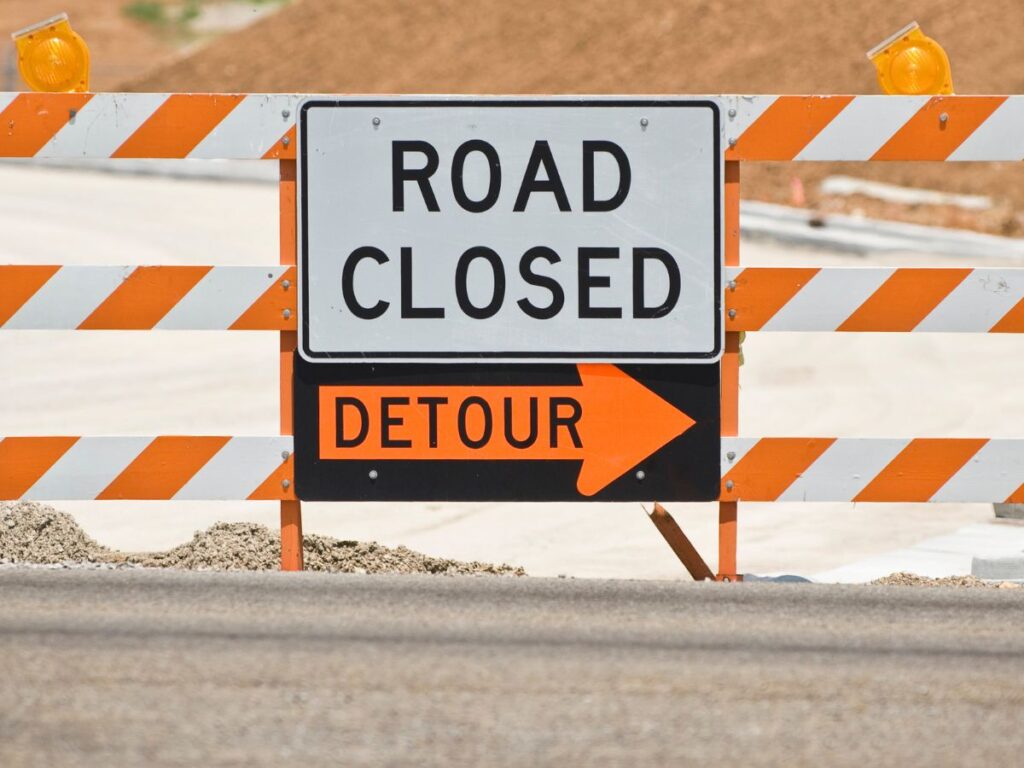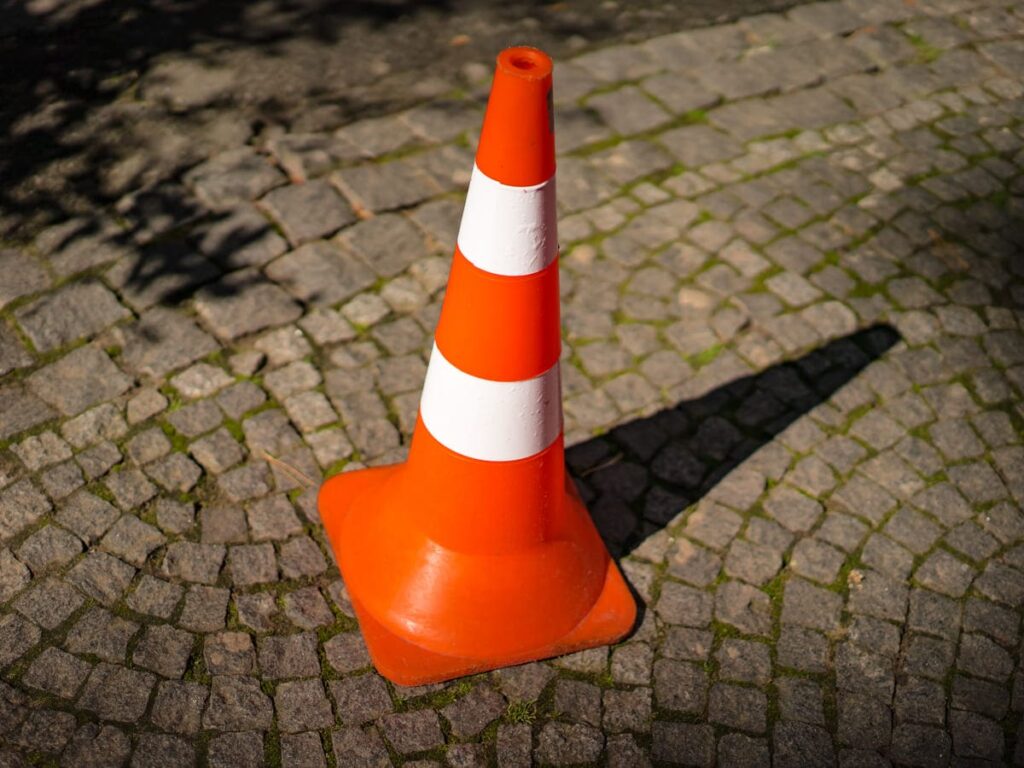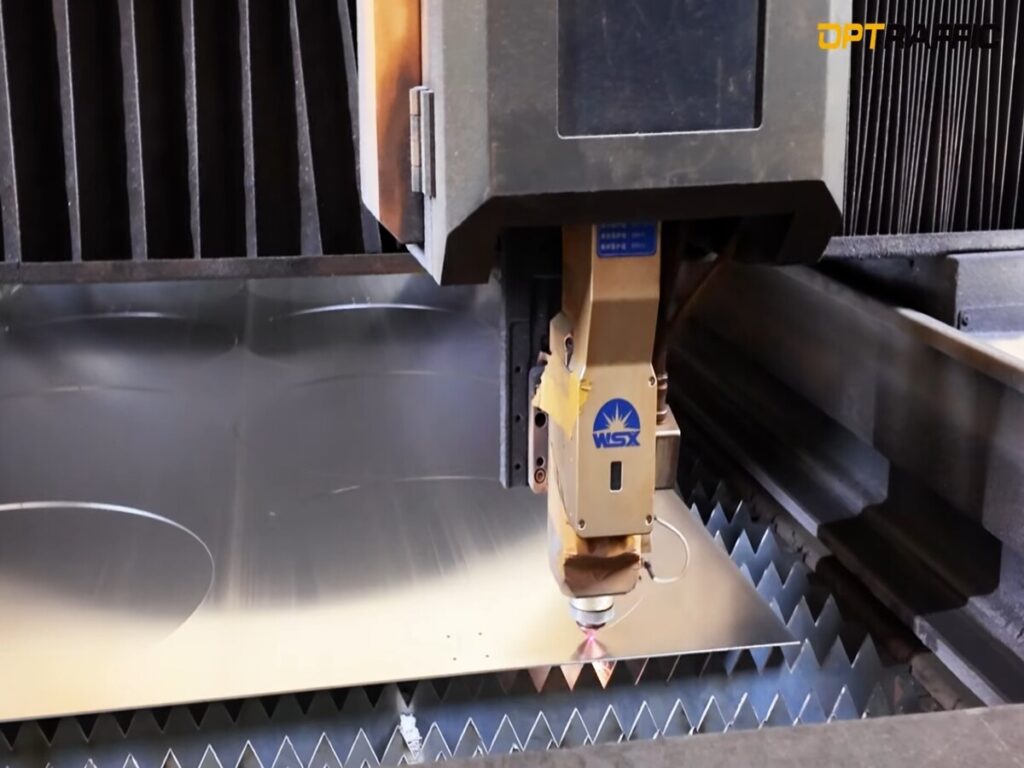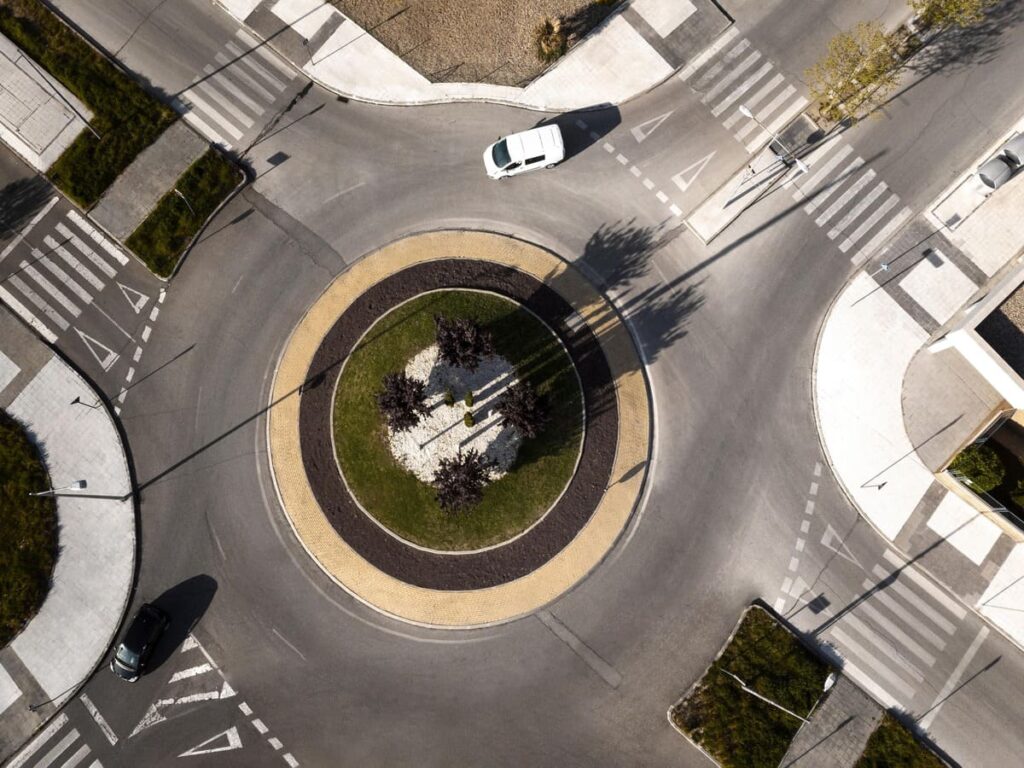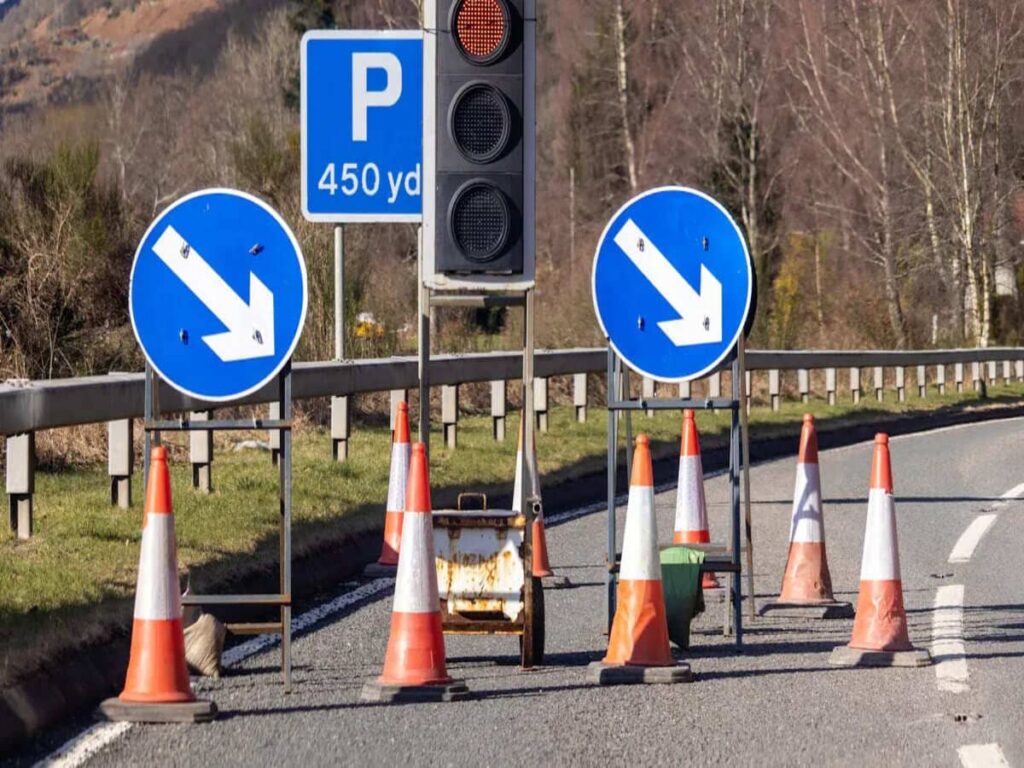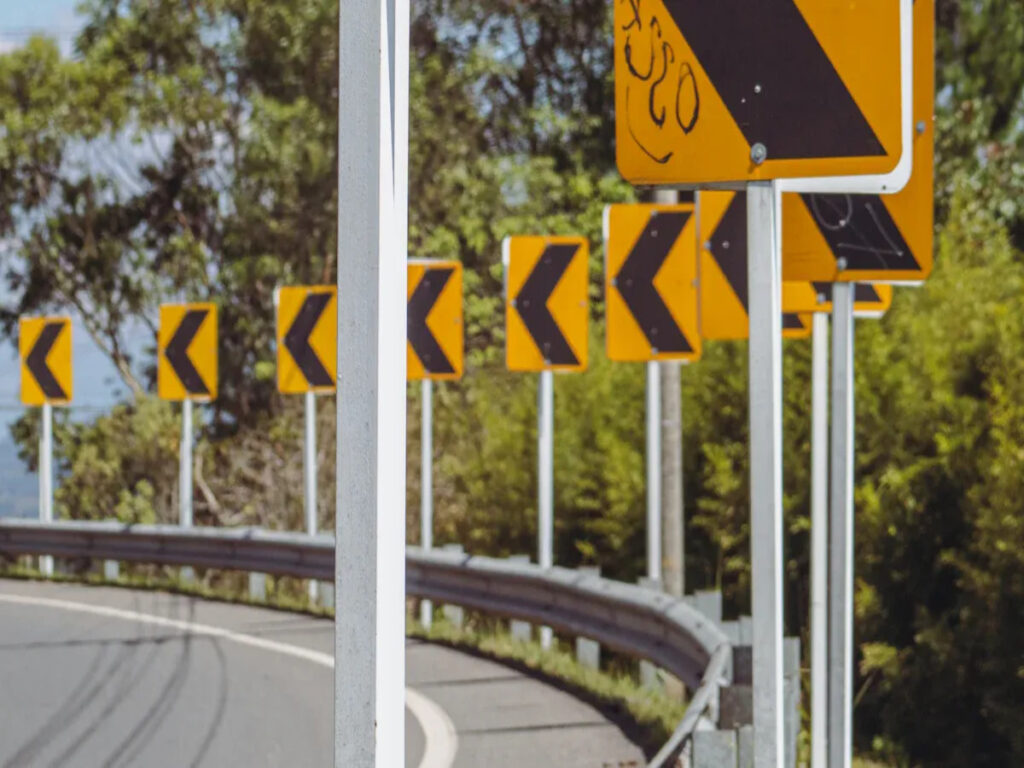
Шоссе нужны алюминиевые дорожные знаки, которые 0.100 к 0.125 дюймов толщиной. Городские дороги обычно используют панели, которые 0.080 дюймов толщиной. Правильная толщина помогает знакам оставаться сильными и легко увидеть. Это также снижает, сколько исправления им нужно со временем. Премиальный алюминий со специальными покрытиями дает знаки длиться 20 годы. Это означает, что люди не должны их исправлять. Планировщики дорожного движения, Муниципальные подрядчики, строительные инженеры, и специалисты по безопасности дорожного движения используют эти правила. Они хотят знаки, которые длится долго, но не стоят слишком дорого.
В Optraffic, Мы предлагаем высококачественное алюминиевые знаки с идеальной толщиной для ваших нужд. Наши долговечные и долговечные дорожные знаки предназначены для соответствия стандартам безопасности и противодействия элементам, Обеспечение того, чтобы ваши дорожные проекты оставались на пути и в рамках бюджета.
Ключевые выводы
- Шоссе нуждаются в густых алюминиевых знаках. Они обычно 0.125 дюймов толщиной. Эти признаки противостоят ветру и погоде. Они также обрабатывают тяжелый трафик. Это помогает обеспечить безопасность людей в течение длительного времени.
- Городские дороги используют знаки, которые 0.080 к 0.100 дюймов толщиной. Эти признаки сильны, но стоят меньше. Они хорошо работают для среднего трафика и меньших знаков.
- Более толстые знаки длится дольше. Они остаются плоскими в плохую погоду. Это облегчает их увидеть. Это также означает, что вам не нужно заменять их так часто.
- Всегда проверяйте местные правила, прежде чем выбирать толщину знака. Это помогает вам избежать штрафов. Это также обеспечивает безопасность всех.
- Подумайте о размере знака и ветре при выборе толщины. Также, Посмотрите, как вы установите знак. Это поможет вам выбрать лучшую толщину для каждого места.
Рекомендуемая толщина
Шоссе
Шоссе нуждаются в очень сильных дорожных знаках. The Департамент транспорта говорит, что признаки должны быть 0.125 дюймов толщиной. Эта толщина помогает знакам противостоять сильным ветрам и быстрым автомобилям. Это также защищает их от плохой погоды. Такие штаты, как Грузия и Нью -Йорк, используют это правило, чтобы обеспечить безопасность дорог. Более толстые знаки не сгибаются и не сгибаются легко. Это важно для больших знаков на открытых местах.
Кончик: Если есть много грузовиков или штормов, always pick the 0.125-inch thickness. Это делает знаки дольше.
| Толщина алюминия | Типичный вариант использования | Уровень рекомендации DOT |
|---|---|---|
| 0.080-дюйм | Жилые улицы, парковки | Соответствует основным требованиям DOT |
| 0.100-дюйм | Городские дороги с умеренным движением | Подходит для долговечности |
| 0.125-дюйм | Шоссе, Тяжелые зоны движения | Полностью точечный стандарт |
Городские дороги
Городские дороги имеют разные потребности. Эти дороги получают среднее движение. Знаки здесь должны быть сильными, но не слишком дорогими. В Соединенных Штатах, 0.080-дюйм алюминий используется больше всего для знаков названия улицы. Эта толщина сохраняет знаки жесткой и жесткой в городах. Это также помогает городам сэкономить деньги. Most city signs use high-intensity prismatic reflective sheeting. Это помогает водителям увидеть их лучше.
Градостроители иногда выбирают толщину 0,100 дюйма для оживленных углов или больших знаков.. Это дает больше прочности, не делая знаки слишком тяжелыми или дорогими..
Строительные зоны
Строительным зонам нужны знаки, которые могут меняться по мере необходимости.. Департамент транспорта Айовы говорит, что нужно использовать толщину 0,080 дюйма для знаков до 36 дюймов в длину. Знаки большего размера должны быть 0.125 дюймов толщиной. Эти правила соответствуют требованиям федерального правительства и правительства штатов в отношении знаков рабочих зон..
Правильная толщина зависит от того, как долго знак будет оставаться в вертикальном положении и от интенсивности движения транспорта вокруг.. Для коротких работ используются панели толщиной 0,080 дюйма.. Для длительных работ или в опасных местах используются панели толщиной 0,125 дюйма.. Иногда, у этих знаков очень прочные края. Знаки в рабочих зонах должны выдерживать удары грузовиков и изменение погоды..
Примечание: Если строительные работы продолжаются долгое время или находятся вблизи автомагистралей, Всегда используйте толще, более сильные алюминиевые трафики. Это обеспечивает безопасность людей и означает, что вам не нужно заменять знаки так часто.
Почему толщина имеет значение
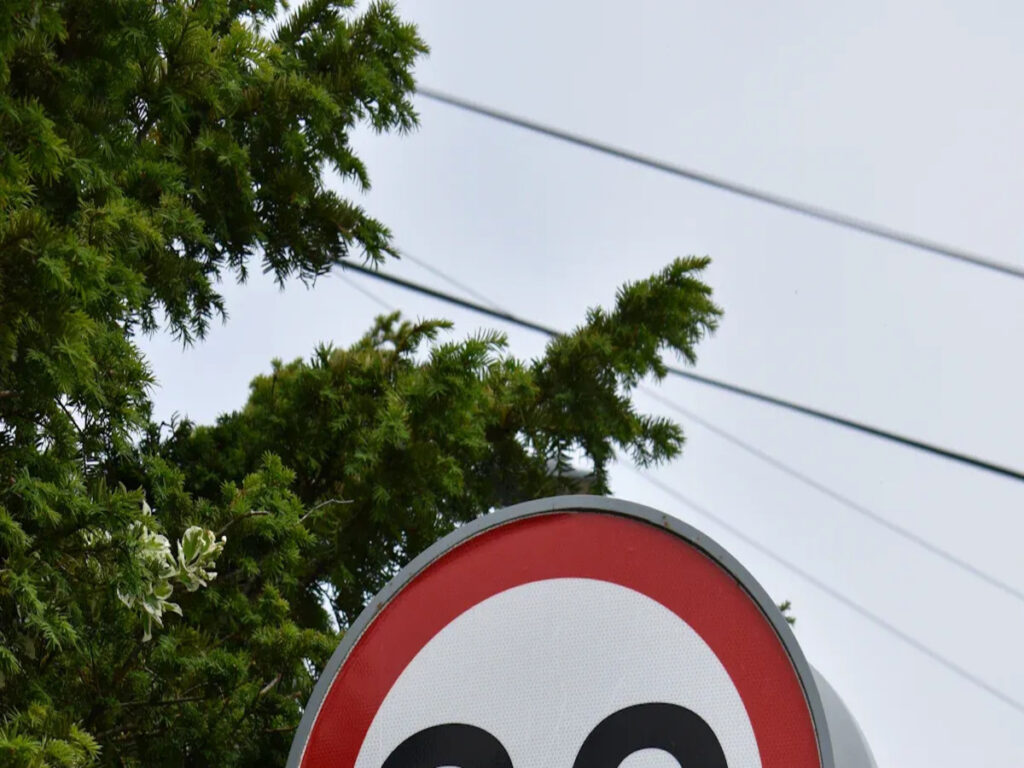
Безопасность и видимость
Более толстые знаки важны для безопасности дорожного движения. Водители, идущие быстро, нужно ясно видеть знаки. Тонкие знаки могут сгибаться сильным ветром. Это затрудняет их читать. Более толстые панели остаются плоскими в плохую погоду. Это помогает водителям увидеть предупреждения и направления быстро. The table below shows how thickness helps safety for different sign sizes and uses:
| Знак знака (дюймы/ноги) | Рекомендуемая толщина алюминия (дюймы) | Влияние на безопасность и производительность |
|---|---|---|
| Небольшие знаки (НАПРИМЕР., 18″ x 24″) | 0.040 | Стандартная толщина, Подходит для спокойных условий |
| Средние знаки (до 2′ x 4′) | 0.040 – 0.050 | Более толстые листы увеличивают жесткость, уменьшение изгиба |
| Висящие знаки (2′ x 2′ или 2′ x 3′) | 0.063 | Предотвращает изгиб и повреждение при приостановке |
| Большие висящие знаки (3′ x 3′, 3′ x 4′) | 0.080 | Тяжелая толщина, критическое в ветреных или высокоскоростных областях |
| Очень большие знаки (до 4′ x 10′) | 0.040 – 0.080 (более толстый предпочтительнее) | Поддерживает видимость, especially if not flat mounted |
Кончик: Более толстые знаки помогают остановить несчастные случаи, оставаясь легко читать.
Долговечность
Насколько толстый знак меняется, как долго он длится. Более толстый алюминий не ржавеет и не сломается легко. Это противоречит дождю, снег, нагревать, и холод. В ветреных или соленых местах, Толстые панели сохраняют свою форму и цвет. Это означает, что вам не нужно заменять их часто. Города и группы по шоссе экономят деньги, потому что знаки остаются сильными и ясными.
Согласие
Правила правительства говорят, что признаки должны быть определенной толщиной. Большинство правил хотят панели между 0.063 и 0.125 дюймов толщиной. Эти правила гарантируют, что знаки остаются жесткими и легко увидеть снаружи. Использование правильной толщины помогает группам следовать закону и не быть оштрафованными. Это также помогает водителям получить информацию, необходимую им для безопасного управления.
Aluminum Traffic Signs: Варианты толщины
Более толстые знаки
Более толстые алюминиевые дорожные знаки очень сильны. Они не сгибаются и не ломаются в плохую погоду. Ветер, дождь, и удары не причиняют им большого количества. Многие эксперты выбирают более толстые панели для автомагистралей и строительных зон. Эти признаки также хороши для мест с тяжелой погодой. Дибонд и алюмалит имеют алюминий снаружи и пластик внутри. Это делает их жесткими и жесткими. These signs are used for real estate, Компании, и направления. Они долго сохраняют свою форму и цвет.
Но более толстые признаки тяжелее. Это делает движущееся и ставя их труднее. Работникам нужны сильные инструменты, а иногда и специальные машины для больших знаков. Это может стоить дороже их, потому что это занимает больше времени. Некоторые компании используют алюминиевые композитные панели, называется ACM, чтобы помочь. Знаки ACM примерно вдвое меньше, чем твердый алюминий. They are still strong and steady. Это облегчает их движение и быстрее установлено.
Кончик: Выберите более толстые знаки для ветреных мест, занятые дороги, или если вы хотите, чтобы знаки длились много лет.
Более тонкие знаки
Более тонкие алюминиевые дорожные знаки стоят меньше денег. Они хороши для мест с небольшим трафиком или для краткосрочного использования. Эти признаки легкие. Это облегчает их носить, строить, и снять. Города используют более тонкие панели для быстрой работы или безопасных мест. Виниловые наложения на тонкие знаки позволяют быстро изменить знак. Это хорошо, когда правила или часы сильно меняются. Вы можете напечатать прямо на тонких панелях. Картинки остаются яркими и последними на улице.
Все еще, thin signs do not stand up to hits or bad weather as well. Виниловые наложения могут очистить или пузыриться, если не поставить вправо. Снятие накладок может повредить знаку. Печать прямо на знаке затрудняет изменение позже. Тонкие знаки лучше всего, когда вам нужно что -то дешевое и легко изменить, not something that lasts a long time.
| Особенность | Более толстые знаки | Более тонкие знаки |
|---|---|---|
| Долговечность | Высокий | Умеренный |
| Масса | Тяжелый | Свет |
| Установка | Более сложный | Легкий |
| Расходы | Выше | Ниже |
| Лучшее использование | Шоссе, суровая погода | Временный, Области с низким трафиком |
Ключевые факторы
Знак знака
Размер знака очень важен при выборе толщины. Big signs need thick panels so they do not bend. Толстые панели помогают большим знакам оставаться легко увидеть. В оживленных местах, .125-алюминиевый алюминий не разбивает знаки. Маленькие знаки часто используют .063-Алюминий. Это работает хорошо, если погода спокойна. Толщина помогает знакам противостоять ветру и дождю. Это также помогает им длиться дольше. Местные правила могут сказать, насколько толстыми должны быть признаки. Эти правила зависят от размера и того, насколько легким является знак увидеть.
Ветряная нагрузка
Ветряная нагрузка означает, сколько ветра нажимает на знак. Инженеры смотрят на скорость ветра и размер знаков, чтобы выбрать толщину. Знаки в ветреных местах нуждаются в более толстого алюминия. Это мешает им изгибаться или падать. В таблице ниже показано, какая толщина и поддержка лучше всего подходят для каждой ветровой зоны и размера знака:
| Знак знака (мм) | Ветровая зона (AS/NZS 1170.2) | Рекомендуемая толщина алюминия | Требования поддержки |
|---|---|---|---|
| До 600 х 600 | Низкий (А) | 1.6 мм | Обычно нет дополнительной поддержки |
| До 600 х 600 | Середина (Беременный) | 1.6 мм | Требуется сильный пост или кадр |
| 600 х 600 - 1200 х 900 | Низкий (А) | 1.6 мм | Кадр рекомендуется |
| 600 х 600 - 1200 х 900 | Середина (Беременный) | 2.0 мм | Кадр или приспособление требуется |
| 600 х 600 - 1200 х 900 | Высокий (В) | 2.0 мм | Требуется укрепление |
| Над 1200 х 900 | Низкий (А) | 2.0 мм | Рекомендовано, что приспособление |
| Над 1200 х 900 | Середина (Беременный) | 2.0–3,0 мм | Требуется укрепление |
| Над 1200 х 900 | Высокий/циклонический (В) | 3.0 мм | Требуется тяжелая строка |
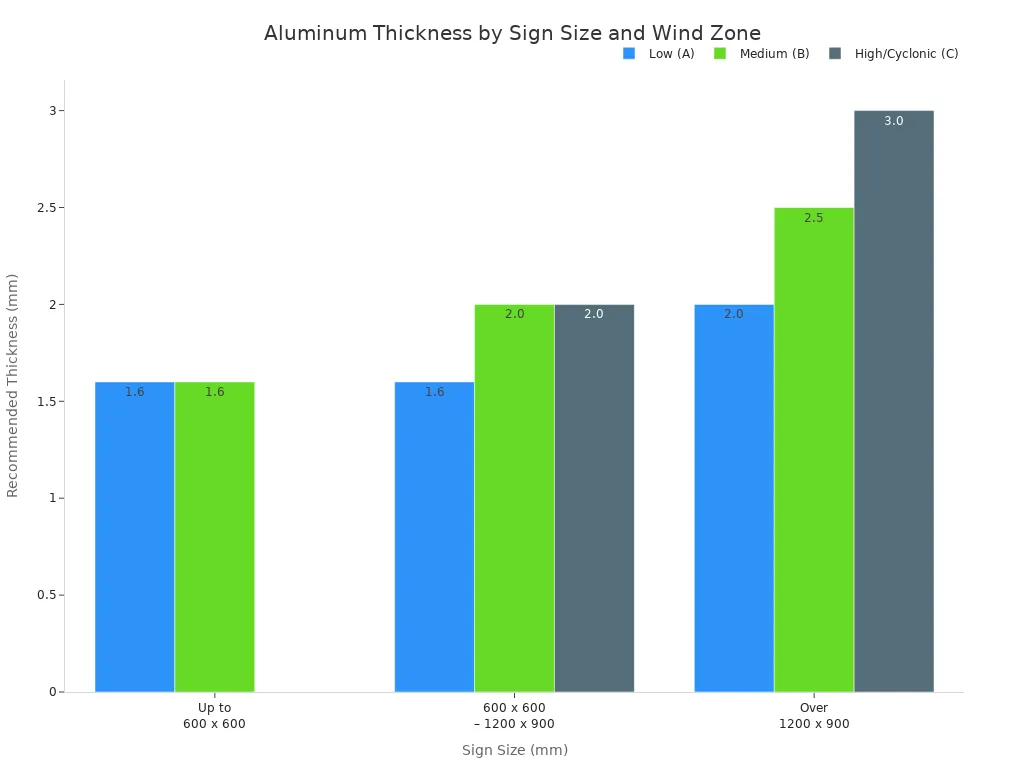
Установка
Как вы установите знак, меняет, какая толщина вам нужна. Знаки на сильных столбах или рамах могут быть тоньше. Знаки в открытых пятнах или подвешивании нуждаются в более толстого алюминия. Это мешает им двигаться или пострадать. Рабочие думают о том, как легко двигаться и выставить каждый знак. Тяжелые знаки могут понадобиться специальные инструменты. Световые знаки легче переносить и установить.
Кончик: Всегда выбирайте правильную толщину, где и как вы поднимаете знак.
Правила
Rules from the government say how thick signs must be. Эти правила помогают сохранить знаки безопасными и сильными. Большинство правил хотят признаков между .063 и .125 дюймов толщиной. Правильная толщина зависит от того, куда идет знак и насколько он большой. Следуя этим правилам сохраняет знаки законными и безопасными. Это также помогает вам избежать штрафов или проблем.
Урбан против. Шоссе
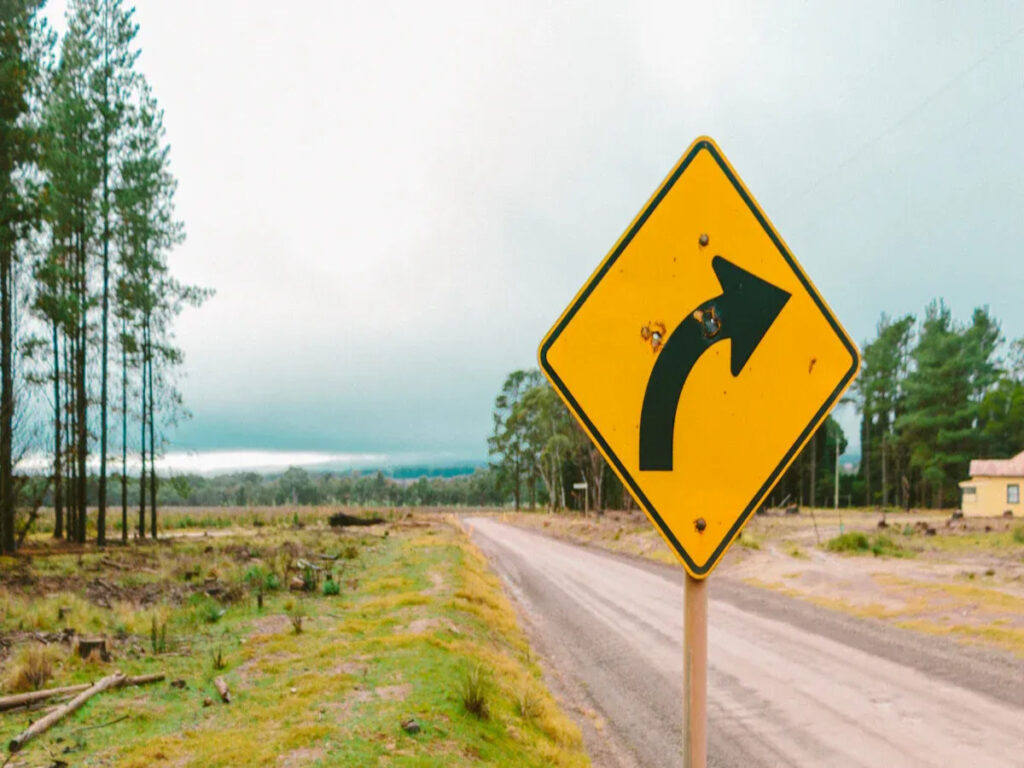
Маленький против. Большие знаки
Cities use small and medium signs. Эти знаки показывают имена улиц или правила парковки. Некоторые признаки помогают людям пересечь улицу. Большинство небольших городских знаков используют 0,080-дюймовый алюминий. Эта толщина сохраняет знаки жесткими и легко увидеть. Большие признаки на автомагистралях нуждаются в большей силе. Шоссе имеют большие направляющие знаки и предупреждающие панели. Эти знаки сталкиваются с сильным ветром и быстрыми автомобилями. Для этого, 0.125-дюйм алюминий работает лучше всего. Более толстый металл перестает изгибаться и держит слова чистыми.
Кончик: Совместите размер знака с правильной толщиной. Большие признаки нуждаются в более толстых панелях, чтобы оставаться в безопасности и легко увидеть.
Объем трафика
Насколько занята дорогой, меняется, что нужно знакам. Городские дороги имеют постоянное, но медленное движение. Знаки здесь сталкиваются с меньшим ветром и меньшим количеством ударов. 0,080-дюймовый или 0,100-дюймовый панель часто работает хорошо. Шоссе имеют тяжелые грузовики и быстрые машины. Знаки должны обращаться с большей силой и плохой погодой. Более толстые панели, такие как 0,125 дюйма, продлятся дольше и оставайтесь читаемыми. Строительные зоны с большими машинами также нуждаются в более толстых знаках для безопасности.
- Городской: Более низкие скорости, Умеренный трафик, Меньшие знаки, Толковые панели.
- Шоссе: Высокие скорости, тяжелый трафик, большие знаки, более толстые панели.
Быстрая ссылка
Выбор правильной толщины зависит от того, куда идет знак и какой он. Таблица ниже помогает планировщикам выбирать быстро:
| Среда/тип знака | Рекомендуемая толщина алюминия | Описание/вариант использования |
|---|---|---|
| Внутренние знаки | 0.040-дюйм | Офисные знаки, лобби отображается, легко повесить |
| Наружные знаки (общий) | 0.063-дюйм | Регулярное использование на открытом воздухе, сбалансированная долговечность |
| Наружные знаки (ветреные/жесткие зоны) | 0.080–0.125-дюймовый | Тяжелый, сопротивляется ветру и суровой погоде |
| Знаки дорожного движения (жилой/парковка) | 0.080-дюйм | Встречает точку для областей с низким трафиком |
| Знаки дорожного движения (Городские дороги) | 0.100-дюйм | Подходит для умеренного трафика |
| Знаки дорожного движения (Шоссе/тяжелый трафик) | 0.125-дюйм | Полностью дот, Высокая долговечность |
| Промышленные/строительные зоны | 0.125-дюйм | Тяжелый, сопротивляется изгибам и воздействию |

Примечание: Всегда проверяйте местный DOT Правила Перед покупкой знаков. Тестирование образцов может помочь вам выбрать лучший материал для вашего проекта.
Советы по решению
Правила проверки
Планировщики и инженеры трафика должны рассмотреть местные и федеральные правила. Каждый штат и город могут иметь разные стандарты для Алюминиевые дорожные знаки. Эти правила гарантируют, что знаки безопасны и легко увидеть. Проверка правил в первую очередь помогает избежать ошибок и сохраняет юридические проекты.
Кончик: Всегда проверяйте необходимую минимальную толщину перед покупкой материалов.
Стоимость против. Долговечность
Выбор правильной толщины означает думать о Стоимость и как долго продержится знаки. Более толстые панели стоят дороже, но служат дольше., так что вы не заменяете их часто. На общественные работы, планировщикам следует учитывать как стартовую цену, так и то, как долго знаки будут работать.. В таблице ниже показано, как типы и толщина влияют на срок службы знаков.:
| Алюминиевый тип | Толщина (дюймы/мм) | Ожидаемая долговечность на открытом воздухе | Примечания |
|---|---|---|---|
| Белая Эмаль Алюминий | 0.032″ (0.81 мм) | Только для внутреннего использования | Тоньше, менее долговечный |
| Черная Эмаль Алюминий | 0.040″ (1.016 мм) | 5+ годы | Толще, отличная долговечность на открытом воздухе |
| Белая Эмаль Алюминий + УФ-ламинат | 0.033″ (0.84 мм) | 5+ годы | Дополнительная защита от ультрафиолета продлевает срок службы. |
Проектировщикам не следует выбирать слишком толстые панели., или это стоит слишком дорого. Если панели слишком тонкие, вывески быстро изнашиваются и потом стоят дороже. Выбор подходящего сорта и толщины для Алюминиевые дорожные знаки дает максимальную ценность для каждой работы.
Факторы окружающей среды
Погода и другие условия влияют на работу знаков.. Соль возле океана может сделать Алюминиевые дорожные знаки ржавеет и не прослужит так долго. Высокий уровень pH или химикаты также могут повредить панели., especially in factories. Тип сплава имеет значение, потому что некоторые виды лучше борются с ржавчиной.
Примечание: В местах с плохой погодой или химикатами, Планировщики должны использовать более толстые панели и сплавы, которые не ржавеют, чтобы сделать знаки дольше.
Планировщики должны смотреть на погоду, близлежащие предприятия, и тип дороги перед выбором. Это помогает каждому знаку оставаться в безопасности и легко видеть в течение долгого времени.
Выбор правильной толщины для алюминиевых дорожных знаков обеспечивает безопасность людей и делает знаки дольше дольше. Это также помогает следовать правилам. Эксперты говорят, что некоторые вещи очень важны:
- Толстые панели, такие как 0,125 дюйма, лучше всего подходят для автомагистралей и мест с большей опасностью.
- В городах и районах, 0.080-дюймовые или 0,100 дюймовые панели хороши. Их легче сэкономить и сэкономить деньги.
- Always check if the supplier has the right certificates and follows rules like MUTCD and ISO9001.
Чтобы сделать лучший выбор, Планировщики должны поговорить с экспертами и покупать у доверенных поставщиков, прежде чем решить.
Часто задаваемые вопросы
Какую толщину требуется точка для дорожных знаков дорожного движения?
Министерство транспорта хочет, чтобы знаки на шоссе были 0.125 дюймов толщиной. Эта толщина помогает знакам противостоять ветру и погоде. Это также защищает их от автомобилей, ударяющих их. Всегда смотрите на свои местные правила DOT, прежде чем покупать знаки.
Могут ли города использовать более тонкие алюминиевые знаки для городских дорог?
Да. Многие города выбирают 0,080-дюймовый алюминий для уличных и парковочных знаков. Эта толщина достаточно сильна для большинства городских дорог. Это также помогает городам сэкономить деньги. Занятые углы могут понадобиться более толстые панели, чтобы продлиться дольше.
Как толщина знаков влияет на установку?
Thicker signs are heavier and need stronger posts. Работникам могут понадобиться специальные инструменты для тяжелых знаков. Тонкие знаки легче и легче поставить. Это делает их быстрее и проще.
Более толстые алюминиевые знаки лучше для ветреных областей?
Да. Более толстые панели, как 0.125 дюймы работают лучше в ветреных местах. Они не изгибаются легко и остаются легко увидеть в штормах. Инженеры часто выбирают более толстые знаки для мостов, шоссе, or near the ocean.
Все ли алюминиевые дорожные знаки нуждаются в отражающих покрытиях?
Большинство уличных дорожных знаков имеют отражающие покрытия. Эти покрытия помогают водителям увидеть знаки ночью и в плохую погоду. Федеральные и государственные правила часто говорят, что признаки должны иметь рефлексивное лист. Всегда проверяйте, что покрытие соответствует локальным правилам.

